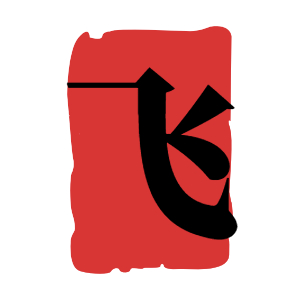春节是怎么来的?英文版超全解析!
The origins of the Spring Festival, also known as Chinese New Year, are deeply rooted in ancient Chinese culture and traditions. It is believed to have originated from the ancient agricultural rituals and the need to celebrate the end of winter and the beginning of a new planting season. The festival was traditionally marked by the Lichun Festival, which fell on the first day of the first lunar month, symbolizing the arrival of spring.
One popular legend attributes the festival to the defeat of a mythical beast called "Nian" (年) by the village hero. According to the story, Nian would emerge from the mountains to terrorize villages at the end of each year. To ward off the beast, people would light fires, set off firecrackers, and hang red decorations, as Nian was said to fear the color red. Over time, these customs evolved into the elaborate celebrations we see today.
Another theory suggests that the Spring Festival originated from the ancient agricultural festival called "Tiancong Jie" (天仓节), which was held to honor the gods of agriculture and pray for a bountiful harvest. This festival gradually merged with the New Year celebrations and became the comprehensive holiday it is today.
The Spring Festival also marks the beginning of the Chinese zodiac cycle, with each year being represented by an animal. The zodiac signs are believed to influence the characteristics and fortunes of people born in those years. The festival is a time for family reunions, feasting, giving red envelopes (hongbao) filled with money, and performing traditional activities like dragon and lion dances.
Today, the Spring Festival is a time of joy, hope, and renewal, reflecting the deep cultural heritage and collective memory of the Chinese people.

